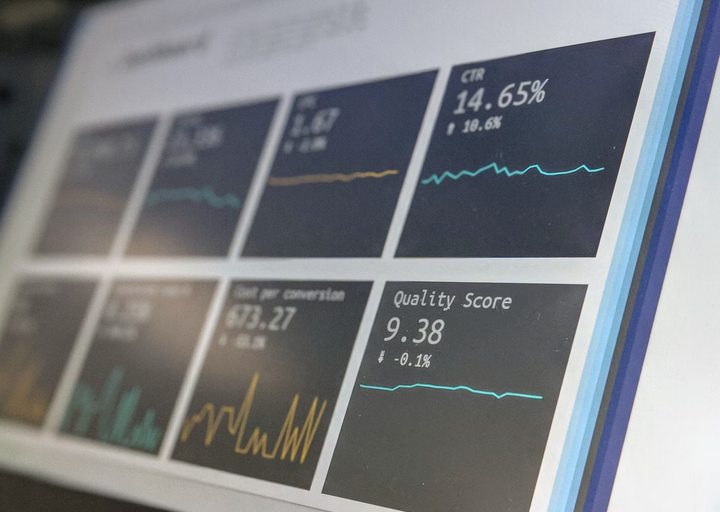Google Ads Mastery: Proven Strategies to Boost Your Marketing Game

Are you ready to transform your online marketing efforts and watch your business soar? Welcome to “Google Ads Mastery: Proven Strategies to Boost Your Marketing Game.” In today’s digital landscape, mastering the art of Google Ads is no longer optional—it’s essential. Whether you’re a seasoned marketer looking to refine your skills or a newcomer eager to unlock the secrets of successful advertising, this blog post is packed with actionable insights to elevate your campaigns from mediocre to magnificent.
Targeting Audience Segmentation With Precision

One of the most effective ways to enhance your Google Ads campaigns is through precise audience targeting. Google Ads offers various targeting options, including demographic targeting, in-market audiences, and custom intent audiences. By segmenting your audience based on their behavior, interests, and purchasing intent, you can tailor your ads to reach more likely convert individuals.
For instance, using custom intent audiences allows you to target users with specific intent or interest in products or services similar to what you offer. Additionally, leveraging remarketing lists can re-engage users who have previously interacted with your website but did not complete a desired action. This precision ensures that your ads are shown to the right people at the right time, improving campaign effectiveness and efficiency. A well-established web dev ads agency can help you set up and manage these targeting options for optimal results.
Optimizing Ad Copy and Creative
The success of your Google Ads campaigns largely hinges on the quality and creativity of your ad copy. Crafting compelling and relevant ad copy involves more than just inserting keywords. Focus on creating ads that address user pain points, offer clear value propositions, and include strong call-to-action (CTA) statements.
A/B testing different ad variations is crucial for understanding what resonates best with your audience. Experiment with headlines, descriptions, and CTA buttons to identify which combinations drive the highest engagement and conversions. Additionally, incorporating dynamic keyword insertion (DKI) can help tailor ad copy to match users’ search queries, making your ads more relevant and increasing click-through rates (CTR).
Utilizing Advanced Bidding Strategies
Google Ads provides a range of bidding strategies that can be tailored to your campaign objectives. Advanced bidding strategies use machine learning to optimize bids and maximize results, such as Target CPA (Cost Per Acquisition), Target ROAS (Return on Ad Spend), and Maximize Conversions.
For example, Target CPA automatically adjusts your bids to help you achieve as many conversions as possible at your target cost per acquisition. On the other hand, Target ROAS focuses on maximizing revenue relative to your ad spend. Selecting the right bidding strategy depends on your specific goals and metrics, so analyzing your campaign data and choosing a plan that aligns with your objectives is essential.

Leveraging Smart Campaigns and Automation
Google’s Smart Campaigns and automation tools offer significant advantages in managing and optimizing your Google Ads campaigns. Smart Campaigns use machine learning to automate bidding, targeting, and ad creation, simplifying campaign management while driving better results.
Automation features like automated rules and scripts can also streamline your campaign operations. For instance, computerized rules can adjust bids based on performance metrics, while scripts can perform bulk changes and optimize campaign settings. Embracing these automation tools allows you to focus on strategic aspects of your campaigns while ensuring efficient management and optimization.
Analyzing and Leveraging Data Insights
Data analysis is a cornerstone of effective Google Ads management. Utilize Google Ads’ built-in analytics tools to monitor performance metrics, such as CTR, conversion rates, and cost-per-click (CPC). Regularly reviewing these metrics helps identify trends, spot issues, and uncover opportunities for improvement.
In addition to Google Ads data, insights from Google Analytics and other third-party tools should be integrated to comprehensively understand user behavior and campaign performance. Analyzing data from multiple sources provides a holistic view of your marketing efforts and informs data-driven decisions to refine and enhance your campaigns.
Testing and Optimizing Formulas

The digital advertising landscape is constantly …





